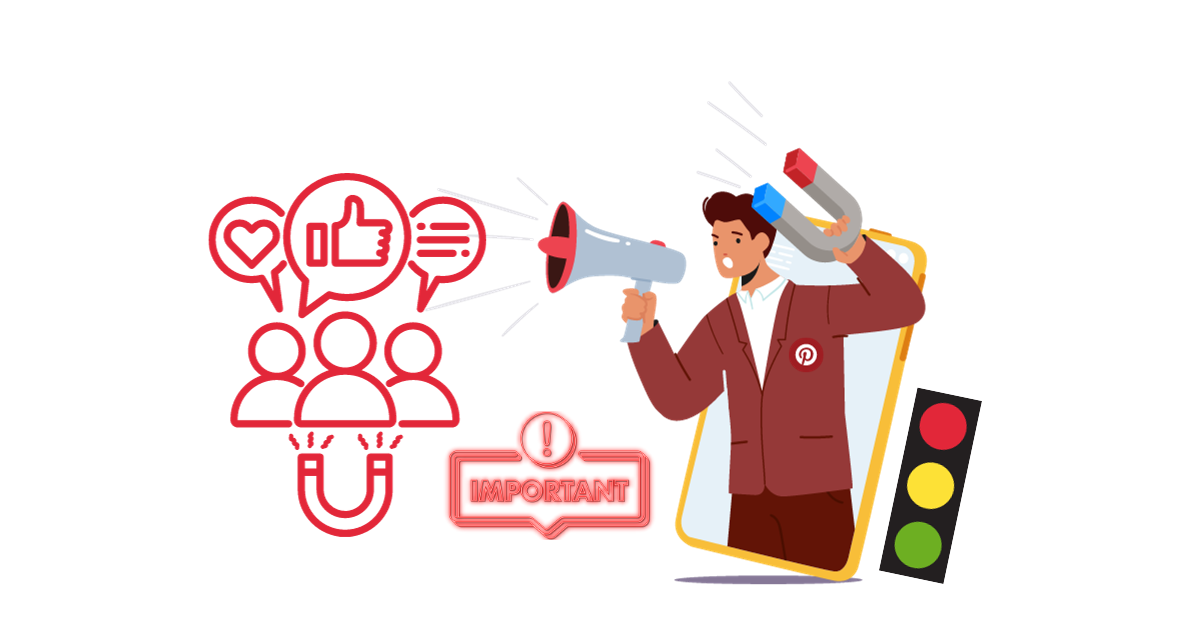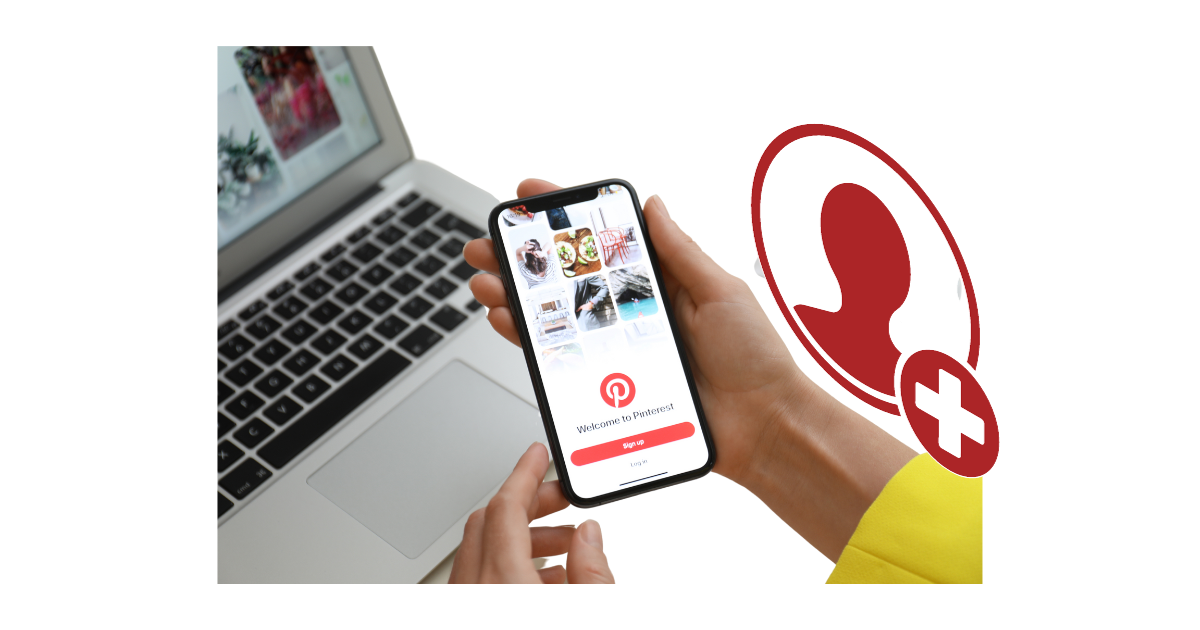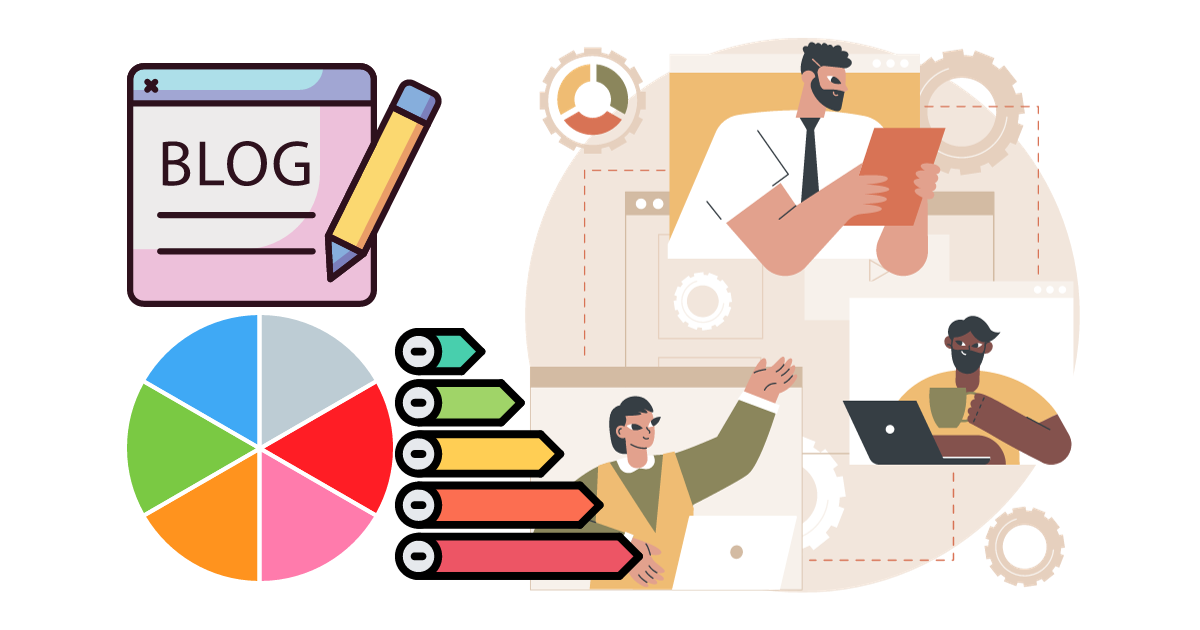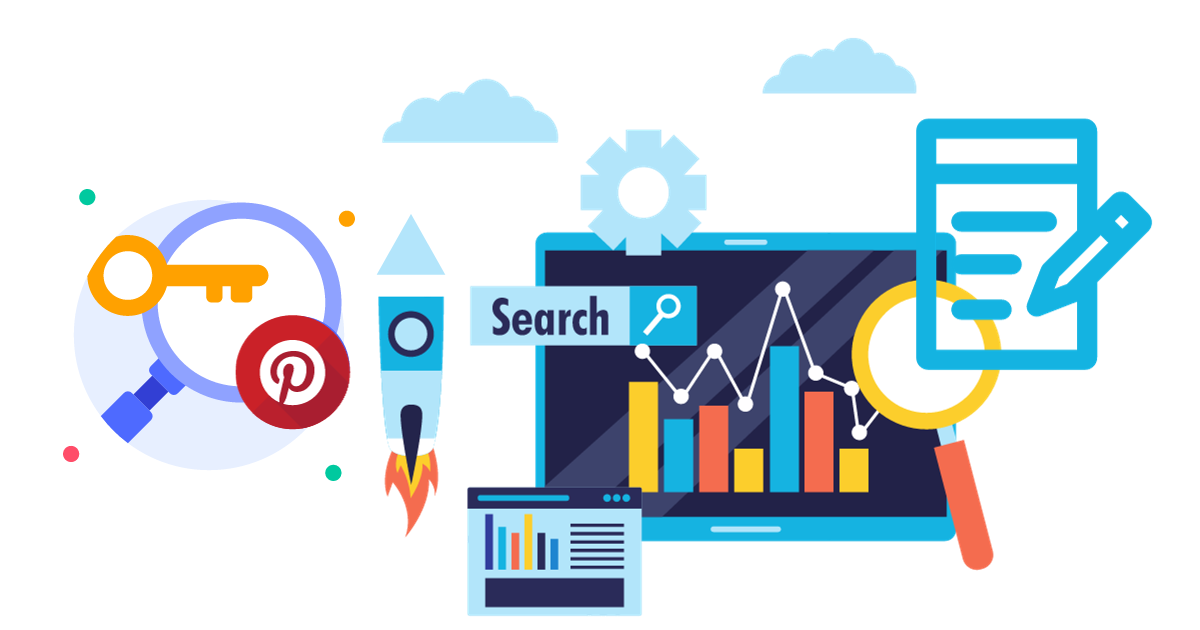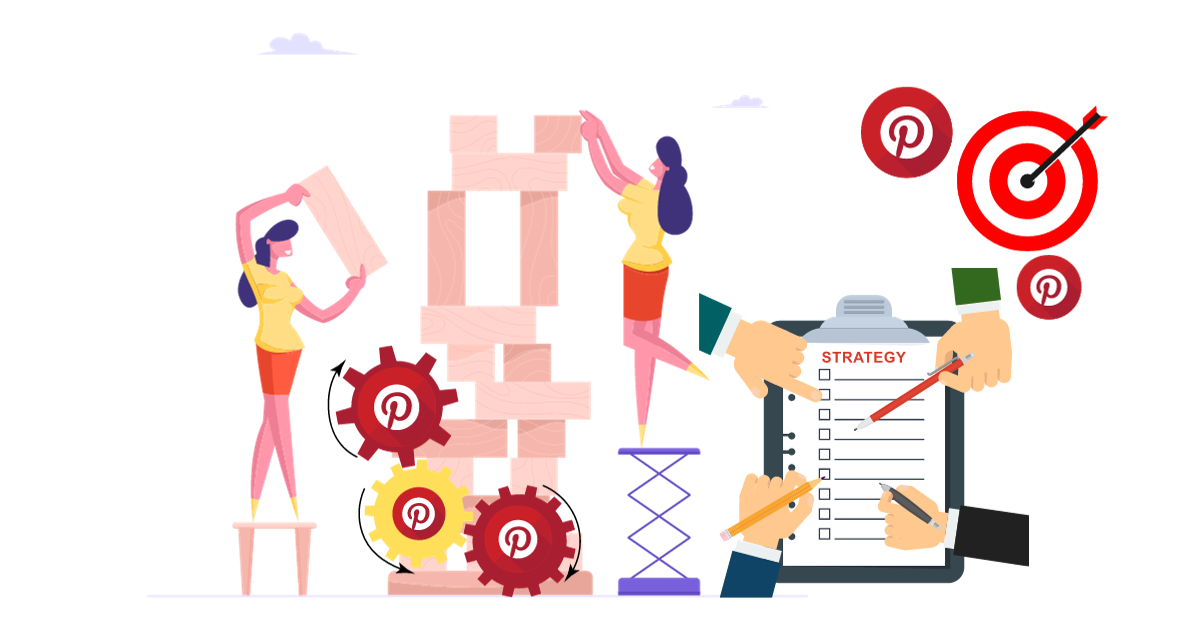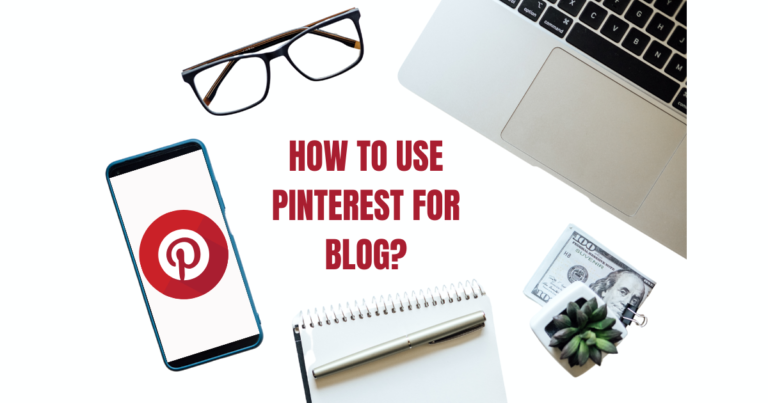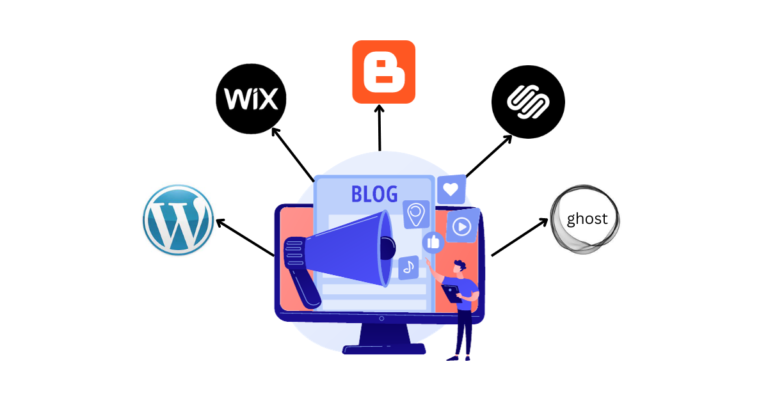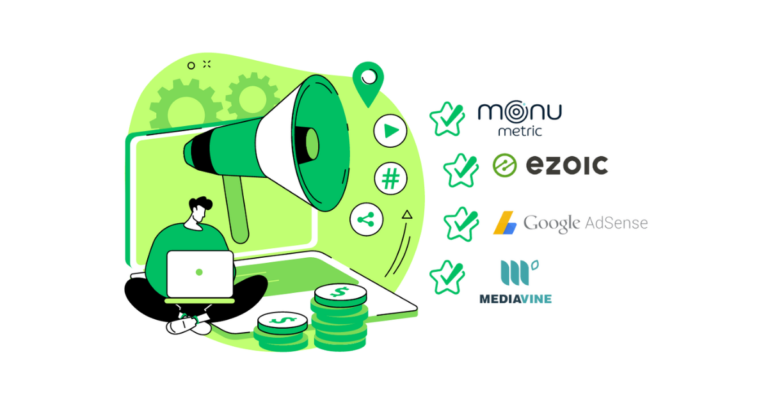The 2010-founded social networking site Pinterest is distinctive in the online world. Its primary function is to act as a visual bookmarking and discovery tool. Pinterest, in contrast to other social networks, emphasizes the value of visual content. Users can find a wide variety of ideas, from DIY projects and trip destinations to recipes and fashion trends. Users essentially build digital vision boards by “pinning” pictures and movies to private boards, making Pinterest a limitless source of creativity.
The importance of Pinterest for bloggers as a traffic and engagement source
Pinterest is an incredibly valuable source of traffic and engagement for blogs. It functions as a search engine where people proactively look for concepts and answers. When used wisely, Pinterest may significantly increase blog visitors. Its emphasis on images complements blog material wonderfully, enabling bloggers to highlight their pieces with eye-catching images. In addition, Pinterest’s algorithms frequently give preference to posts with strong engagement, giving it a perfect venue for bloggers to engage with their followers, increase website traffic, and improve their overall online visibility. Understanding Pinterest’s intricacies will help bloggers use it more effectively to increase their audience and influence, rather than just using it as a social media platform.
Setting up a Pinterest Account
Creating a Pinterest Account
The first step in using Pinterest for blogging is to sign up for a Pinterest account. This method entails either signing up using an active social networking account or a legitimate email address. Users can start customizing their profiles and exploring the platform after registering.
Optimizing Profile Settings for Blogging Purposes
For the correct audience to find your Pinterest profile, it is essential to optimize it. Make sure your profile photo is appropriate for your site and is professional. To help readers understand what your blog is about, write a succinct bio that emphasizes your areas of experience and hobbies. To send visitors straight from Pinterest to your website, place a link to your blog there.
Designing a Visually Appealing Profile and Boards
Pinterest’s essential quality is its visual appeal. Create your boards and profile with a unified aesthetic. Use relevant, high-quality photographs for your cover and profile boards. Create distinct boards for each of your blog categories and carefully arrange your boards. Each board should have a distinct theme to help visitors navigate and discover the information they are looking for. Your brand identity is enhanced by maintaining a consistent visual aesthetic across pins and boards, which attracts more followers and readers to your profile.
Understanding Pinterest Basics
Pinning Content: Images, Videos, and Articles
Images, movies, and articles are just a few of the sorts of information that users on Pinterest can pin. Make sure the photographs when pinning blog posts are visually appealing and capture the substance of the material. While articles should have captivating cover images and enlightening descriptions to draw in readers, videos should be interesting and succinct.
Creating and Organizing Boards for Different Blog Categories
Success on Pinterest depends on effective organizing. Create boards that correspond to the various blog categories. For instance, make distinct boards for each category on your blog if it covers topics like travel, dining, and leisure. Users can easily find certain material because of this division. Update your boards frequently with new pins to keep your profile interesting and current.
Utilizing Pinterest Keywords and Descriptions for Search Optimization
Utilizing keywords is essential because Pinterest functions as a search engine. Perform keyword research relevant to your blog’s topic and use the terms you find to create descriptions for pins, boards, and boards. Use wording that is precise and simple so that your material will show up in pertinent search results. Engaging descriptions encourage visitors to explore your pins more because they not only help with discoverability but also give context. Using keywords wisely increases the exposure of your content and draws in a larger readership interested in the topics of your blog.
Building a Pinterest strategy
Pinning Blog Posts and Articles with Appealing Visuals
When pinning your blog entries, pay special attention to making eye-catching and educational pins. Use eye-catching visuals and images that are relevant to your topic. Make sure the pin appropriately conveys the blog post’s topic and gives visitors a clear picture of what to anticipate. The pin image’s inclusion of the blog post’s title frequently enhances click-through rates. For a seamless user experience, make sure the link within the pin points people directly to the appropriate blog post.
Joining Relevant Group Boards and Collaborating with Other Pinners
Join relevant group boards on Pinterest to tap into the strength of the community. Multiple authors can contribute information to a larger audience using group boards. Look for forums in your field and submit an application. Repin other contributors’ content and leave constructive comments to interact with them. Working with other bloggers not only increases your readership but also exposes your blog to fresh, engaged readers. Keep in mind that participating actively in these forums increases your credibility and visibility.
Implementing Pinterest SEO Techniques to Increase Visibility
Since Pinterest is a search engine, it is essential to optimize your content for searches. Perform keyword research and incorporate pertinent terms into board titles, board descriptions, and pin descriptions. Make sure your content shows up in pertinent searches by using precise and illustrative language. To preserve Pinterest’s favor, update your pins and boards frequently with new, keyword-rich content. You may enhance the possibility that readers who are actively looking for topics connected to your site will find your pins by continuously putting good SEO methods to work.
Analyzing Pinterest Analytics
Understanding Pinterest Analytics Tools and Metrics
The powerful analytics tools that Pinterest offers give you important information about how well your account is performing. Learn about these tools, which contain information on website traffic, audience demographics, and pin engagement. You may gain a thorough knowledge of the reach and impact of your content by comprehending measures like impressions, click-through rates, and saves. Use this information to improve your approach and produce content that is suited to the tastes of your audience.
Monitoring the Performance of Pins, Boards, and Overall Account
Keep an eye on your pins’ and boards’ performance on a regular basis. Analyze the factors that are common to the most popular pins to determine how they succeed. Analyze board performance similarly to see which subjects are most popular with your audience. Track the expansion of your entire account, including the number of followers and monthly viewers. You can evaluate the success of your Pinterest presence by keeping an eye on these metrics and modifying your strategy as necessary.
Using Analytics Data to Refine the Pinterest Strategy and Improve Engagement
The analytics information is crucial for optimizing your Pinterest strategy. Determine the recurring themes and trends in the content that is successful. Decide which pin types, publishing times, and descriptions result in the most engagement. Make the most of your upcoming pins and boards by using this knowledge. Create a content calendar that is specific to the chosen content formats and peak engagement times. You may improve user engagement, optimize the results of your Pinterest marketing efforts, and fine-tune your plan by continuously evaluating and responding to the data provided by Pinterest analytics.
Increasing Blog Traffic Through Pinterest Referrals
Pinterest has the potential to drive a lot of visitors to your blog. Your website may see a sizable influx of visitors as your pins grow in popularity. Make sure your blog entries are conversion-optimized, with catchy headers, interesting content, and obvious calls to action. Give visitors from Pinterest who click on to your site useful, well-organized content that entices them to stay and browse more. Getting Pinterest users’ attention can increase page views, keep them on your site for longer, and increase your chances of getting a conversion.
Implementing Affiliate Marketing Strategies Within Pinterest Pins
Utilize affiliate marketing techniques to monetize your Pinterest profile. Through affiliate programs, promote goods or services associated with your blog’s niche. Make interesting pins using these goods or services and informational content about their advantages. In your posts, clearly disclose any affiliate relationships you have. You receive a commission when customers use your affiliate links to make purchases. Make sure your recommendations are sincere and worthwhile by adjusting your affiliate marketing to correspond with the interests of your audience.
Integrating Pinterest with Email Marketing and Other Monetization Efforts
Connect your email marketing campaigns and other monetization methods to Pinterest. By offering privileged access to information, discounts, or freebies, you can entice Pinterest users to join your email list. Utilize Pinterest to direct viewers to landing sites where they can subscribe to your email or receive free materials. Work together with companies and brands to create sponsored pins or product placements. In order to give your readers authentic content, make sure that these partnerships are consistent with the niche and ideals of your site. You may increase the potential earnings from your blog by integrating Pinterest with your email marketing and other monetization strategies.
Overlooking the Importance of High-Quality, Visually Appealing Pins
Underestimating the influence of visually appealing pins is one typical error. Aesthetics are what motivate Pinterest. Users might not notice pins that are pixelated, badly made, or visually unappealing. Spend time crafting distinctive pins that are of the highest caliber and visually beautiful. Your pins’ overall attractiveness is increased by high-resolution photographs, pleasing color schemes, and legible, readable typography, which increases the likelihood that others will share and interact with them.
Neglecting to Engage with the Pinterest Community and Followers
Social engagement is important because Pinterest is a social network. Your growth may be hampered if you fail to interact with the Pinterest community and your followers. Participate on group boards, reply to comments on your pins, and interact with content from other authors in your area. Relationship-building and participating in the Pinterest community help you become more visible and establish your expertise in your field.
Ignoring Pinterest Analytics and Failing to Adjust the Strategy Accordingly
Pinterest offers a plethora of analytics information that can direct your plan. Ignoring these suggestions and neglecting to modify your strategy in light of analytics is a critical error. Analyze your pins’ effectiveness on a regular basis, keep tabs on changes in the number of followers, and assess the results of your efforts. Determine what works and what doesn’t, and adjust your plan as necessary. Based on analytics data, you may tailor your pin times, content types, and even the wording of your pin descriptions. You can keep enhancing your Pinterest strategy and make sure it remains effective and interesting for your audience by adopting a data-driven approach.
Conclusion
grasping the essential elements for using Pinterest effectively in blogging is crucial for every blogger wanting to enhance their traffic and engagement. A blog’s visibility and audience reach can be dramatically increased by putting strategic Pinterest strategies into practice. Looking ahead, Pinterest’s prospects appear bright, indicating that it will likely continue to have a beneficial influence on blogging success. As a result, bloggers are urged to put time and effort into utilizing Pinterest’s potential so they may stay ahead in the cutthroat digital environment.
[FAQ]
Why should bloggers use Pinterest?
Pinterest is a great way for bloggers to drive traffic to their websites. It is also a good way to connect with other bloggers and influencers in your niche. Additionally, Pinterest can be a great way to promote your products and services.
How do I set up a Pinterest business profile?
To set up a Pinterest business profile, go to the Pinterest website and click on the “Sign up” button. Then, select the “Business” option. You will need to provide your business name, email address, and website address. Once you have created your account, you can start creating boards and pinning images and videos.
How can I optimize my Pinterest profile for blogging?
To optimize your Pinterest profile for blogging, ensure that your profile is complete and includes a clear profile picture, a descriptive bio, and a link to your blog. Create relevant boards that align with your blog niche and populate them with high-quality, visually engaging pins. Use relevant keywords in your board descriptions and pin captions to improve discoverability.


